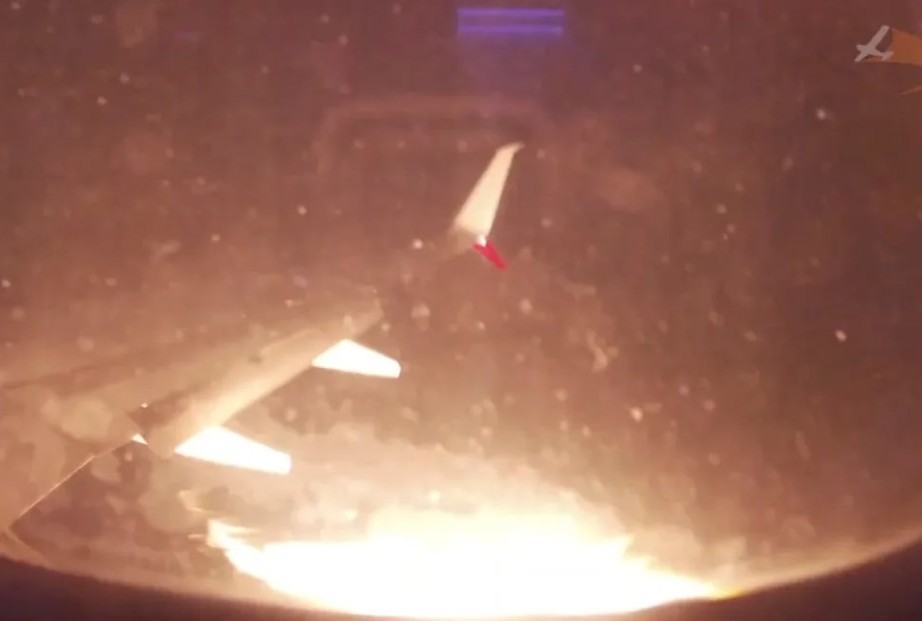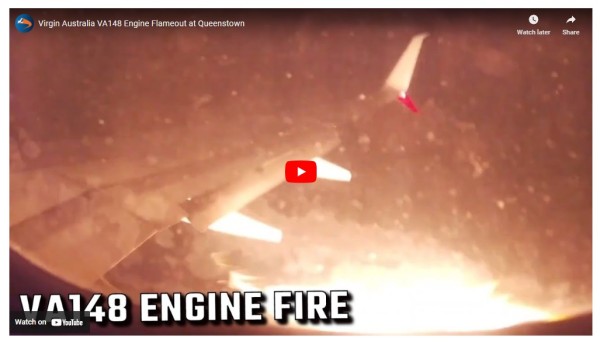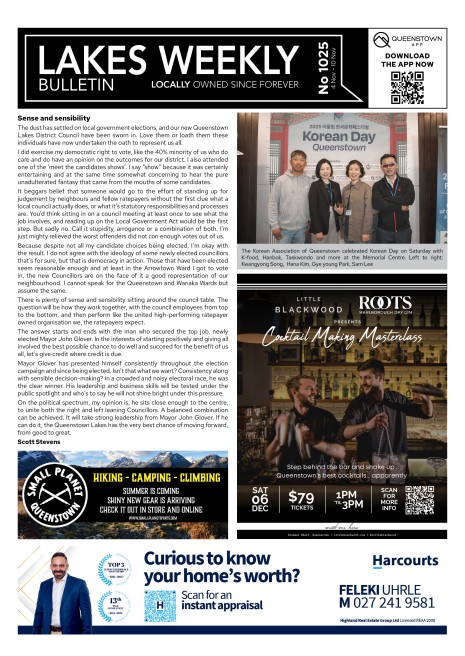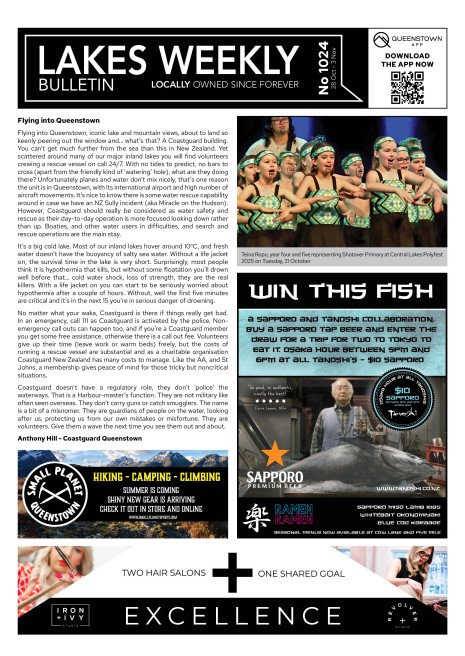Queenstown plane emergency: Tears, vomit and panic

Adam Burns, Reporter
Tess Brunton, Otago/Southland reporter
tessbrunton489 tess.brunton@rnz.co.nz
Passengers on a dramatic trans-Tasman flight that appeared to catch fire after leaving Queenstown on Monday have recounted the horror aboard the plane, with one fearing it was about to "break in two".
The Virgin Australia flight - which was carrying dozens of passengers and six crew, and bound for Melbourne - was forced to urgently divert to Invercargill after flames were seen coming from the back of the Boeing 737 shortly after its 6pm departure.
Queenstown Airport believed "a bird strike" was the likely cause.
The New Zealand Air Line Pilots' Association (NZALPA) said while flames appeared to arise from the rear of one of the engines, the aircraft or engine "was not actually on fire".
Passengers arrived back in Queenstown on Tuesday afternoon by bus after the airline arranged overnight accommodation for stranded travellers.
It has capped a bumpy 48 hours for the country's aviation sector, after passengers aboard an Air New Zealand flight were injured when NZ607 from Wellington to Queenstown hit turbulence on Sunday.
Melbourne traveller Brian was one of the 67 passengers on board.
He said passengers broke down crying when hearing "loud bangs like a car back-firing".
"Knowing how many hills are around, you thought about which one would we strike, are we up high enough yet.
"It being black, you can't see where you're at, you're relying on the expertise of the pilots."
Queenstown local Wenya Zhu - who was heading to Melbourne for a work trip - said everyone on board was "freaking out".
"I was very scared and people next to me were very scared," she said.
"We really thought the plane was going to break into two pieces, because I saw the fire, right next to the window."

David Zacek from the Czech Republic, who was on the flight out of Queenstown. Photo: RNZ / Tess Brunton
David Zacek from the Czech Republic said it felt like the "engine was broken" at the time.
"It was just so scary for us," he said.
"Everyone was so confused about the whole situation.
"Next time it would be better if people tell us more information."
Zacek said although he was doing fine, other passengers may be traumatised following the drama.
"A guy behind me was so sick, he was vomiting."
'You can see the glow of the flames'
Fellow passenger Michael Hayward, of the United Kingdom, said the plane was jolted within 10 seconds of takeoff.
"We start taking off, it's all pretty normal, we rotate, we get airborne, 10 seconds later... bang."
Hayward then noticed flames coming from the engine compartment, prompting him to film the chaos.
"You can see the glow of the flames in the cabin," he said.
"I was sitting just behind the wing... you could almost feel the heat of the flames through the cabin.
"There was definitely some anxiety."

Cleon, who was on the flight out of Queenstown. Photo: RNZ / Tess Brunton
Cleon told RNZ he and his family were in New Zealand to celebrate his 30th birthday.
"It was very memorable," he said.
"When it all happened, the most important thing was everyone keeping a cool head, especially my mum who is really scared of flights."
He said the flight crew did a great job in keeping passengers calm.
Watching for birds
In a statement, Queenstown Airport said bird strikes were a known risk to aviation around the world.
But the Civil Aviation Authority (CAA) had recorded the incident rate for bird strikes at the airport as "low".
"The primary species of concern at Queenstown are oyster catchers and plovers, along with smaller birds such as finches, starlings, and sparrows.
"The Airport Emergency Service team is responsible for ongoing wildlife hazard management at [Queenstown Airport] and monitors bird activity around the airport closely."
It said it used a range of measures to deter birds from settling on the airfield and surrounds.
"These include mowing grass to keep it low and less attractive to birds, spraying to reduce food sources, and use gas cannons, acoustic machines, lasers, and pyrotechnics to scare birds away."
The Boeing-737 after arriving in Invercargill on Monday night.

The Boeing-737 after arriving in Invercargill on Monday night. Photo: Supplied / Michael Hayward
Multiple airfield inspections were carried out each day, including minutes before flight VA148 departed.
"No birds were detected on the airfield at that time.
"If a pilot suspects a bird strike has occurred, this is immediately reported to the Airways control tower, which in turn advises the AES team on duty, and a runway inspection is immediately carried out."
The Transport Accident Commission has opted not to open an investigation, as the emergency did not fall within its criteria.
"This may change on the basis of relevant new information," a spokesperson said.
"The [Commission] opens an inquiry when it believes the circumstances of an accident or incident have - or are likely to have - significant implications for transport safety, or when the inquiry may allow the Commission to make findings or recommendations to improve transport safety.
The Commission added its purpose was to "improve transport safety by avoiding repeat accidents, rather than by ascribing blame".
NZALPA president Andrew McKeen said the damage caused by the bird strike would have disturbed the airflow through the engine, creating a compressor surge or stall.
"This results in excess fuel being burnt as it exits the engine and this is what was visible to those in the aircraft and on the ground," he said.
"Specific pilot training for such incidents was thorough and frequent, and any pilot operating into Queenstown would have been through training specifically related to Queenstown airport.
"New Zealand airports and the wider aviation industry have long recognised the risks from bird strikes. Each airport has a wildlife management programme, but no programme totally eliminates the risk".











